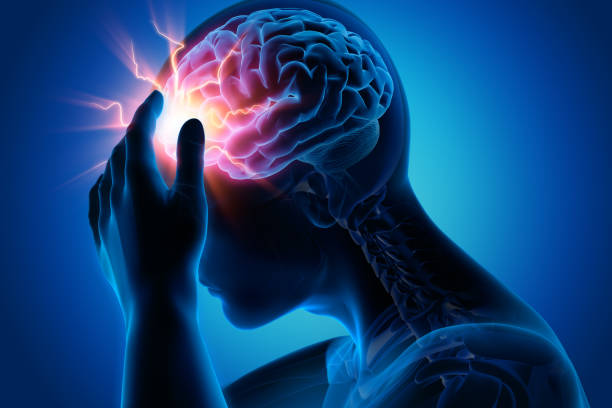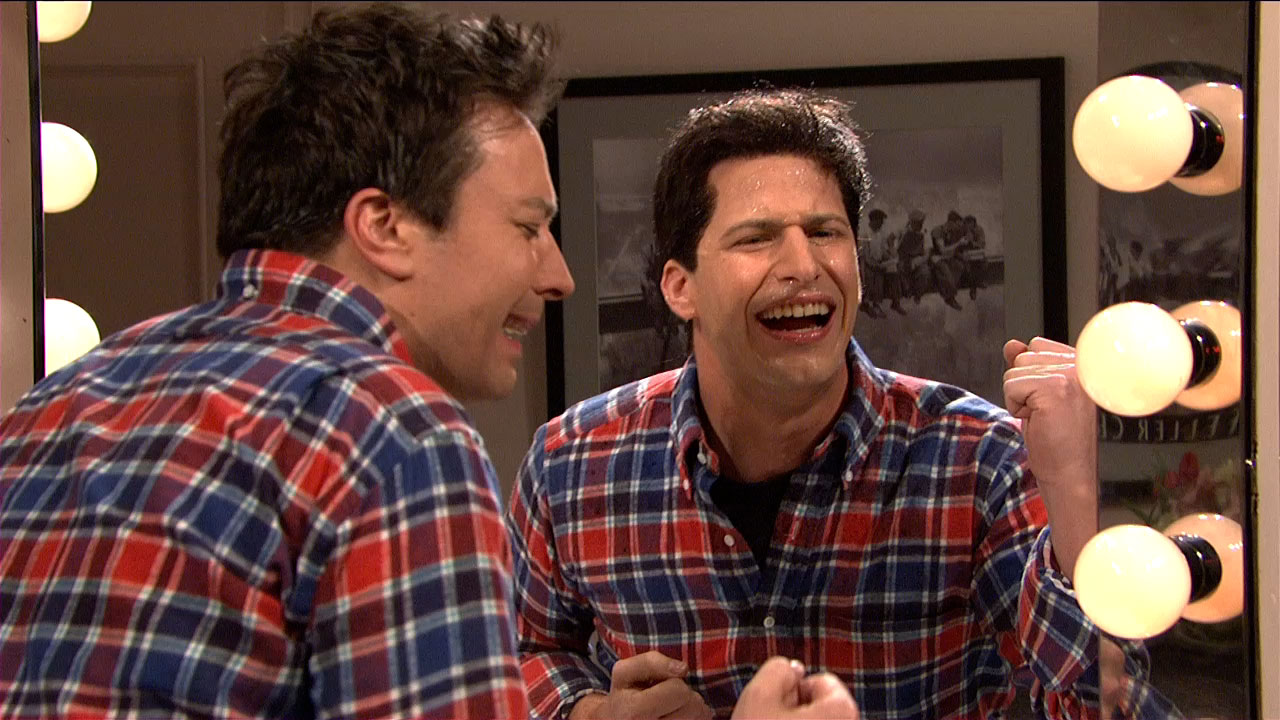We love symmetry! It’s one of those staples of crosswords –whether it’s classic rotational symmetry, authoritative mirror symmetry, or even roguish diagonal symmetry.

It’s undeniable that symmetry, in whatever form it takes, brings a special type of beauty to a crossword. Isn’t that right, Brooke Husic & Matthew Stock (co-creators of USA Today’s November 15 puzzle “US FIRST”)?

Clearly there’s some disagreement in the crowd. What’s more is that this isn’t a one-off deal either; USA Today has published asymmetrical grids before.
So what’s going on here? Why deviate from the norm?
A Short History Lesson in Symmetry
No, I will not be writing a full-on dissertation about crossword patterns (which undoubtedly would be fascinating). But I do think it’s important to consider the legacy of Margaret Farrar.
Margaret Farrar started her crossword career as secretary to Arthur Wynne (the inventor of crosswords). From 1942 to 1969, Farrar edited the New York Times crossword, and created standards that are still (mostly) upheld today — such as using themes in puzzles and barring two-letter words.
Symmetry wasn’t exactly a new concept — after all, Arthur Wynne’s premiere puzzle is symmetrical in more ways than one. However, Farrar’s influence solidified the symmetrical norm. Why symmetry vs. asymmetry? As Farrar reportedly explained, “Because it is prettier.”
Back to the Present
Now let’s talk about Husic and Stock’s USA Today puzzle. What’s initially strange about the grid is that there’s no inherent reason why this puzzle’s theme set is incompatible with symmetry. (In fact, a large number of USA Today’s asymmetrical grids have symmetry-allowing themes – such as this puzzle published the day AFTER I started to write this blog post.) The theme answers (located at 18a, 36a, and 53a on the left grid) have lengths of 12, 12, and 11, which could be rearranged to fit rotational symmetry (see the right grid)

Putting “prettiness” aside, we can see some pretty stark limitations that rotational symmetry causes this theme set. Look at the right side: The symmetrical grid features “fingers” of dark squares jutting from the sides to fit the themers: both the 12-letter themers as well as the 11-letter themer in the middle. But in doing so, they also create some inflexibility for moving black squares around. One way I feel like this manifests is that the right grid is much “blockier” than the left grid – especially in the Northeast corner – with a lot of hard-to-avoid rectangular spaces.
On the other hand, asymmetry alleviates that burden. Because the left grid doesn’t place the 11-letter themer in the center of the grid, the constructors avoided those restrictive “fingers.” Instead, the left-side placement at 53-across allows for more flexibility in that Northeast corner, such as less rectangular options. It doesn’t seem like much, but this variety of options can sometimes be the difference separating clean and obscure fill.
But everything comes at a price. Sure, maybe asymmetrical grids can relieve some of a constructor’s headache. But I still maintain that crosswords are about the solvers, first and foremost. So the $50,000 question is: How does asymmetry detract from the solver experience?

And honestly, from my personal solver perspective… It didn’t affect my solve at all.
Yes, I noticed it when I first saw the grid – but then again, I’m at least somewhat obsessed with crosswords. I’m sure there are experienced solvers who are bothered by the perceived unattractiveness of asymmetry – or who want the asymmetry to have a “point.” On the other hand, would a newer solver have made this big a stink about it? (Probably not.)
Then once I started filling in the grid, the grid’s symmetry (or lack thereof) became basically irrelevant to me – it was just me and the words, baby! When I finally finished the puzzle, I still felt the same feeling of accomplishment – “Hey, that was fun!” – irregardless of the symmetry. Plus, that feeling of “fun” was connected to so many other factors – the theme, the fill, the clues – that the grid layout hardly mattered in the end.
Final Thoughts
And yet I’m still torn on the issue.
On the one hand, I just… really like symmetry! First of all, it is pretty. I like the orderly look of a symmetrical grid. All of the elements – from the theme set to the grid layout to the fill – have to be carefully crafted to create a meticulous, delicately balanced painting.
On the other hand, asymmetry is forgiving, and widens the scope for the possibilities of crosswords. If you fill 90% of your grid and get stuck, you can tweak a block or two instead of starting the whole layout from scratch. But it also means that you don’t need symmetrical themers. Which means that you can order your theme sets how you want. It means that your theme entries can have whatever lengths you want. Which means…
Maybe we’re just getting started.

If asymmetry progresses further, there’s no doubt that it creates more interesting options for making crosswords. When I think about how many interesting theme sets I’ve thrown out because the themers “didn’t have the right number of letters,” the number is honestly staggering. How many scrabbly bonus entries have I given up on because of one crossing? How many times have I scrapped a puzzle that was 90% filled after realizing that my grid configuration didn’t work?
I think there’s always going to be a certain beauty in a symmetrical grid with a symmetrical theme set. But the promise of asymmetry is attractive, because it offers even more freedom for constructors. Before constructors can fully gain that freedom, though, solvers first need to accept asymmetrical grids. In that sense, USA Today might be playing the long game; It seems like the paper is gradually building up our tolerance for asymmetry until it’s barely worth mentioning.
Does this mean that my theme rejects will finally see the light of day? Stay tuned.

